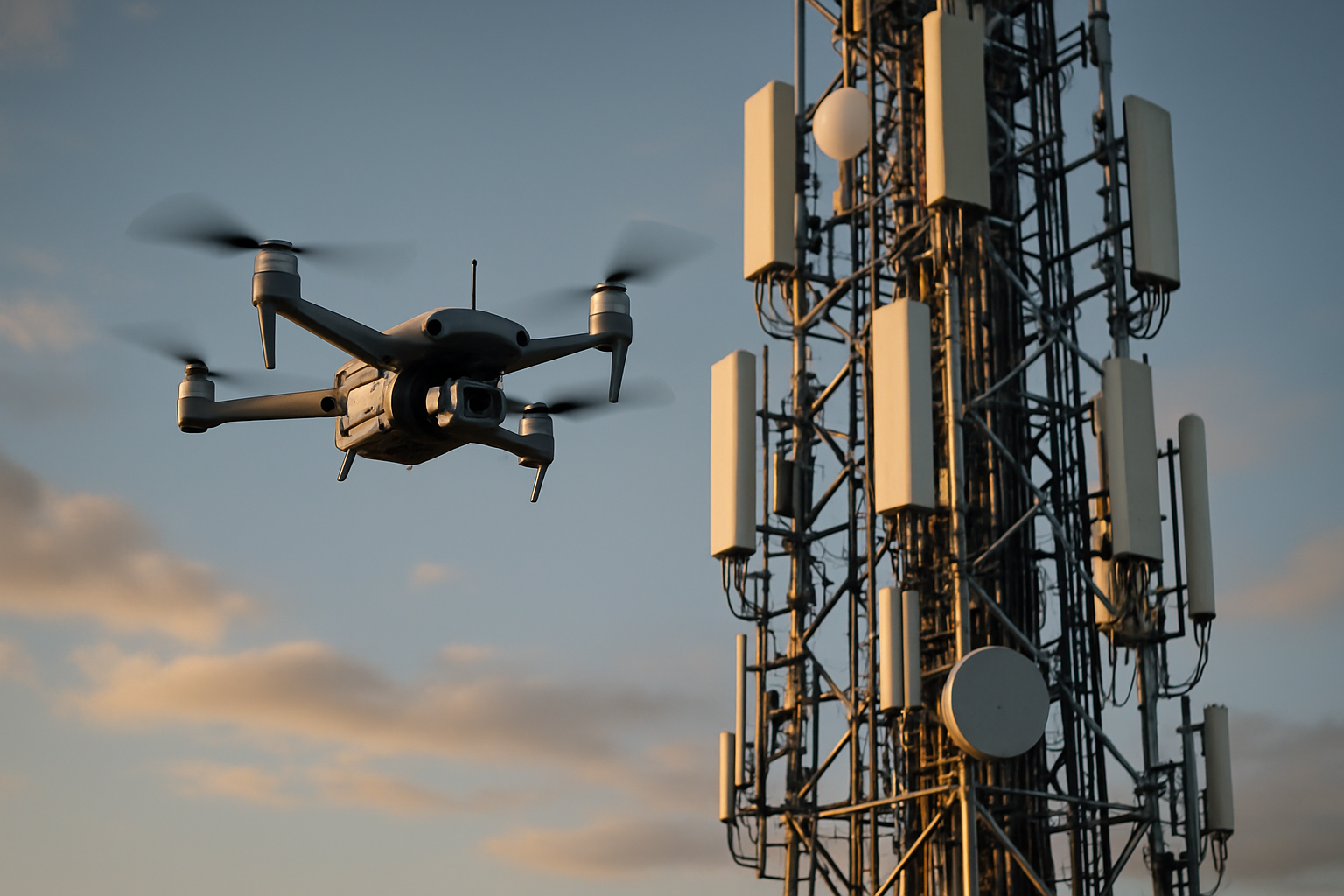Microwave Backhaul: The Unsung Hero of Mobile Networks
In today's hyper-connected world, we rarely stop to consider the intricate infrastructure that enables our seamless mobile communications. While much attention is given to the latest smartphone features or 5G rollouts, there's a critical component working tirelessly behind the scenes: microwave backhaul. This technology forms the backbone of mobile networks, connecting cell towers and ensuring our data reaches its destination. But what exactly is microwave backhaul, and why is it so crucial to our daily digital lives?

The history of microwave backhaul dates back to the mid-20th century when it was first used for long-distance telephone communications. As mobile networks evolved, microwave backhaul adapted to meet the increasing demands of data-hungry smartphones and applications. Today, it remains a cornerstone of mobile infrastructure, offering a cost-effective and flexible alternative to fiber optic cables in many scenarios.
The Advantages of Microwave Backhaul
One of the primary benefits of microwave backhaul is its rapid deployment capability. Unlike fiber optic cables, which require extensive trenching and construction work, microwave links can be set up quickly with minimal physical infrastructure. This makes it particularly valuable in areas where laying fiber is impractical or cost-prohibitive, such as dense urban environments or remote locations.
Microwave backhaul also offers significant cost advantages. The initial investment for equipment and installation is often lower than that of fiber optics, especially for shorter distances. Additionally, the operational costs are generally lower, as microwave links require less maintenance and are less prone to physical damage than buried cables.
Another key advantage is scalability. As network demands grow, microwave backhaul systems can be easily upgraded to handle higher capacities. This flexibility allows network operators to adapt to changing traffic patterns and user needs without overhauling their entire infrastructure.
Challenges and Limitations
Despite its numerous benefits, microwave backhaul is not without challenges. One of the most significant limitations is its susceptibility to weather conditions. Rain, fog, and other atmospheric phenomena can attenuate microwave signals, potentially leading to reduced throughput or even link failures. To mitigate this, network designers must carefully consider local climate patterns and implement robust fade margin calculations.
Distance is another limiting factor for microwave backhaul. Unlike fiber optics, which can transmit data over hundreds of kilometers without regeneration, microwave links typically have a maximum range of 30-50 kilometers. This constraint necessitates the use of multiple hops for longer distances, which can introduce latency and complexity to the network.
Spectrum availability and interference are also ongoing concerns. As the demand for wireless services grows, the microwave frequency bands become increasingly crowded. Network operators must navigate complex regulatory landscapes to secure spectrum licenses and implement sophisticated frequency planning to avoid interference with other systems.
Technological Advancements
The field of microwave backhaul is continuously evolving to meet the ever-increasing demands of mobile networks. Recent technological advancements have significantly improved the capacity, reliability, and efficiency of microwave systems.
One notable innovation is the development of multi-band systems that combine traditional microwave frequencies with higher millimeter-wave bands. This approach allows for increased capacity while maintaining the reliability of lower frequencies for longer distances. Some advanced systems can now achieve throughput of up to 10 Gbps over a single link, rivaling the capacity of fiber optic connections.
Adaptive modulation and coding techniques have also enhanced the resilience of microwave backhaul systems. These technologies allow the link to dynamically adjust its transmission parameters based on current conditions, optimizing performance and maintaining connectivity even in challenging environments.
The Role of Microwave Backhaul in Network Evolution
As mobile networks continue to evolve towards 5G and beyond, microwave backhaul is adapting to support these advancements. The increased density of small cells required for 5G networks presents both challenges and opportunities for microwave technology. While the shorter distances between cells align well with microwave’s strengths, the sheer number of connections needed demands innovative solutions.
To address these challenges, the industry is exploring new approaches such as integrated access and backhaul (IAB) systems. These solutions combine the access network (connecting user devices to the cell) with the backhaul network, potentially reducing costs and simplifying network architectures.
Conclusion
Microwave backhaul remains a critical component of modern telecommunications infrastructure, offering a flexible, cost-effective, and rapidly deployable solution for mobile network connectivity. As we continue to push the boundaries of wireless technology, microwave systems will undoubtedly evolve to meet these new challenges, ensuring that our increasingly connected world remains seamlessly linked. While it may not capture headlines like the latest smartphone features, microwave backhaul truly is the unsung hero of our mobile networks, quietly enabling the digital experiences we’ve come to rely on every day.





